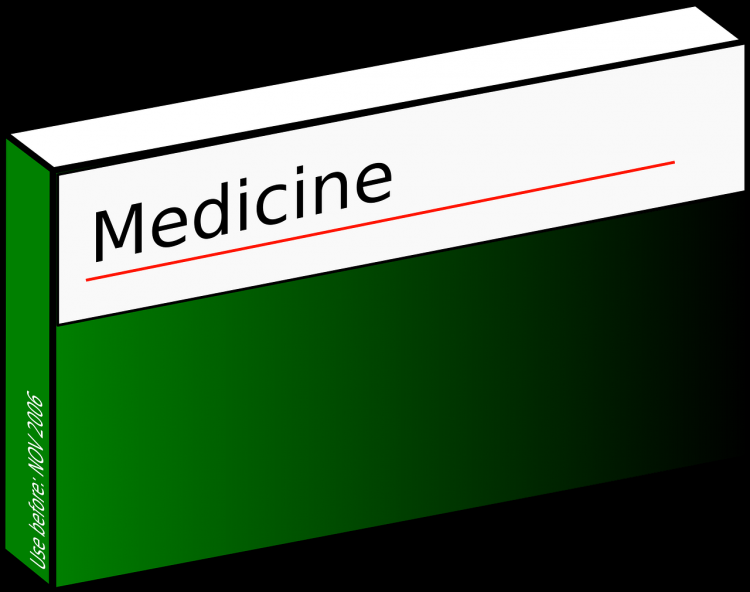Expensive life-saving cancer drugs are going to become more affordable in China soon. A hit movie revolving around those struggling to get their hands on these costly medicines abroad reportedly inspired the government to slash costs of the medicines by half.
A total of 17 life-saving cancer drugs are going to be 50% cheaper in China. The government included these drugs in its national public insurance system to make them more affordable.
The negotiations took place earlier this year. Reportedly, the inspiration behind this is the famous Chinese film, "Dying to Survive." The film showed that the high costs associated with these life-saving drugs could force many to go abroad and smuggle in the drugs for lower prices, suffering the consequences of getting caught.
The movie specifically showed a man jailed for smuggling generic drugs from India to help patients diagnosed with myelocytic leukemia because they could not afford the much more expensive, patented drugs. The movie has struck a chord with many viewers.
Among the 17 drugs, 12 can treat solid tumors while the rest can treat blood tumors. They have been described as clinically necessary and effective, something that patients urgently need if diagnosed with different kinds of cancer, including lung, renal, colorectal, and skin cancers.
According to the State Medical Security Administration, the majority of the drugs have been manufactured by international pharmaceutical giants, including Novartis, Pfizer, and Merck. With negotiations, prices have been reduced by 56.7% on average. This makes the imported drugs much cheaper compared to the prices set by neighboring markets by 36%.
The head of the administration disclosed in an interview with China Central Television that they have more power in the said price negotiations. Moreover, they have a target of more quantity for lower prices.
The 17 drugs, one of which is azacytidine, will remain eligible for coverage until November 30, 2020. These negotiations started as early as 2016, but at the time, only three drugs were included. Now, 10 of the 17 drugs are new, only hitting the market this year.
This is a positive development given the growing number of Chinese being diagnosed with cancer, driven mainly by an aging population and factors such as smoking and pollution. In 2017, The National Cancer Center revealed that China poses 4.29 million new cases annually and 2.81 million cancer-related deaths.
China is said to still be looking for more ways to bring in more affordable foreign drugs.






